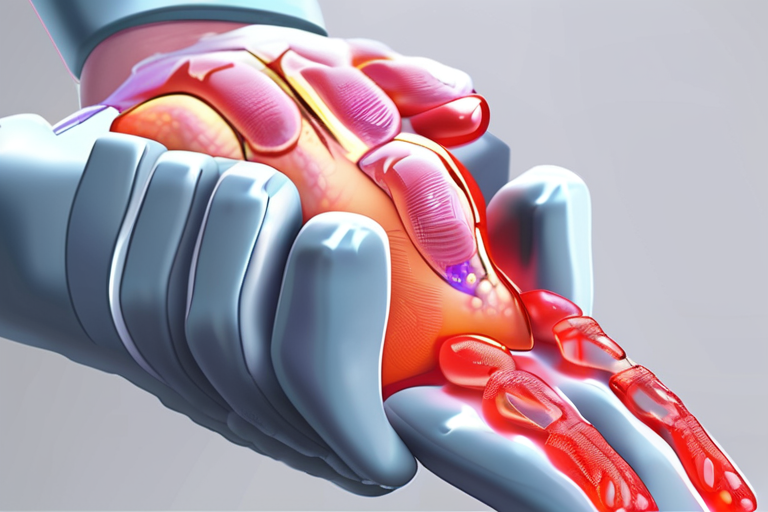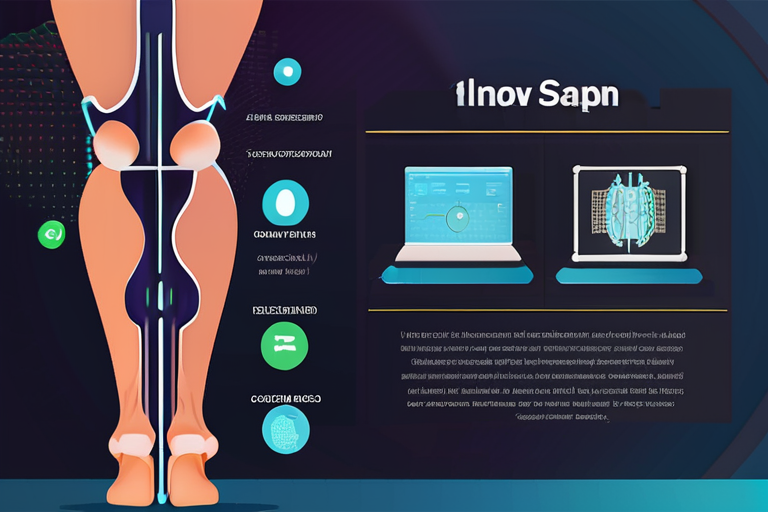Researchers at the East China University of Science and Technology in Shanghai have developed a gel-based artificial tongue that can determine the spiciness of a wide range of foods, from the relatively mild bell pepper to the more formidable facing heaven chili of Sichuan cuisine. The device, described in a recent paper published in ACS Sensors, uses electronic sensors to detect the levels of capsaicin, the compound responsible for the heat in chili peppers, and can provide a precise ranking of foods based on their spiciness.
According to Jing Hu, a chemical engineer and co-author of the paper, the artificial tongue was inspired by the spicy-neutralizing effect of milk. Milk proteins, such as casein, can bind to capsaicin and relieve the burning sensation associated with eating spicy foods. The researchers used this principle to develop a gel-based sensor that can detect the levels of capsaicin in a food sample and provide a corresponding ranking of its spiciness.
The artificial tongue is not a new concept, but previous devices have focused on detecting a range of tastes, including sweet, sour, spicy, and umami. The researchers behind the new device wanted to focus specifically on spiciness and develop a more precise method for measuring it. "Spiciness is a complex and subjective sensation that can be difficult to quantify," said Hu. "Our device provides a more objective and accurate way of measuring the heat levels of spicy foods."
The implications of this technology are significant, particularly for the food industry. Quality control is a major concern for food manufacturers, and the ability to accurately measure the spiciness of their products can help ensure consistency and safety. Additionally, the device could be used to develop new spicy foods and flavor profiles, potentially opening up new markets and revenue streams.
The researchers are currently refining their device and exploring its potential applications. They are also working to improve its accuracy and sensitivity, with the goal of making it a more practical and useful tool for the food industry. As the technology continues to evolve, it is likely to have a significant impact on the way we think about and interact with spicy foods.
In related news, researchers at other institutions are also working on similar projects, using machine learning and artificial intelligence to develop more sophisticated taste sensors. While these technologies are still in the early stages of development, they hold promise for revolutionizing the way we understand and interact with the world around us.
The development of the artificial tongue is a testament to the power of interdisciplinary research and collaboration. By combining expertise in chemistry, engineering, and computer science, the researchers were able to create a device that is both precise and practical. As the technology continues to advance, it is likely to have far-reaching implications for a wide range of fields, from food science to medicine.


























Share & Engage Share
Share this article